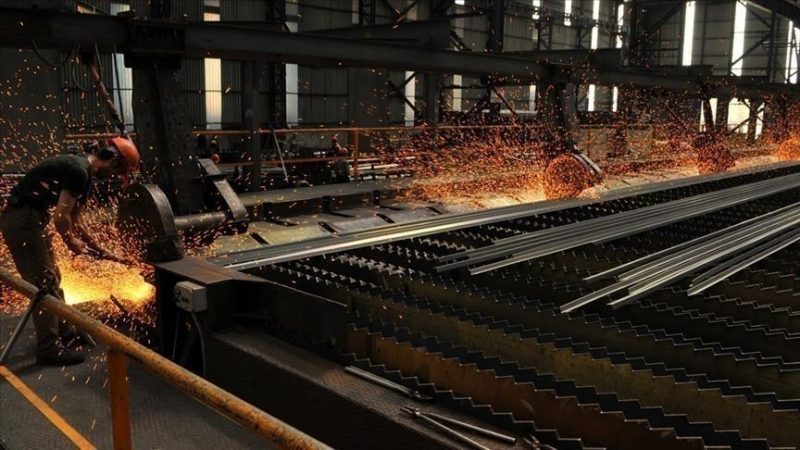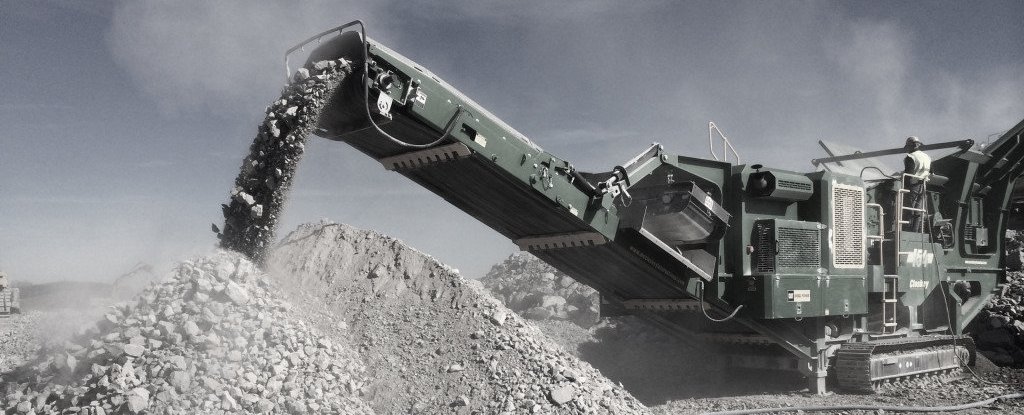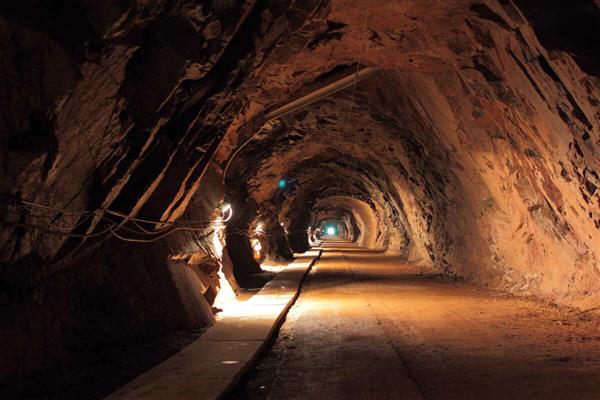
Nippon Steel’s Strategic Growth in the US Steel Market
Nippon Steel is set for significant growth in the US steel market after completing its $14.1 billion acquisition of US Steel. This deal will help Nippon expand its steelmaking capacity in the US and solidify its position as a global leader in steel production. As the world’s fourth-largest steel producer, with 43.64 million tonnes produced in 2024, Nippon will now partner with US Steel, which produced 14.18 million tonnes last year. The combined annual output could reach 86 million tonnes, greatly increasing Nippon’s market share.
The deal was finalized after months of negotiations and regulatory challenges. Initially, US Presidents Joe Biden and Donald Trump opposed the acquisition due to national security concerns. However, the acquisition proceeded after a thorough review process. Nippon agreed to a national security pact to protect US jobs and keep the company’s headquarters in Pittsburgh, Pennsylvania. This merger strengthens Nippon’s global presence and supports President Trump’s push for onshoring US steel production.
Key Elements of Nippon Steel’s National Security Agreement
The $14.1 billion agreement includes key provisions to address US national security concerns. Nippon committed to investing $11 billion in US Steel by 2028, which will support capacity expansion and a greenfield project post-2028. Additionally, Nippon will ensure US Steel’s headquarters remains in Pittsburgh, maintaining jobs and local management.
A major aspect of the deal is the “golden share” mechanism. This share allows the US President to intervene if there are plans to cut capacity or move production offshore. These conditions ensure the deal benefits both Nippon and the US economy by safeguarding jobs and keeping production local.
The merger will also help Nippon Steel achieve its goal of increasing its overseas production share to 60%, up from the current 28%. This expansion is especially important as US steel demand has been slow due to recent tariff policies.
The Impact of Section 232 Tariffs on US Steel Imports
The US Section 232 tariffs continue to affect the US steel market. On June 4, 2025, the tariff rate was doubled to 50%. This has slowed imports and tightened steel supply in the market. These tariffs make US steel imports less competitive, but Nippon’s acquisition of US Steel allows it to bypass these barriers. This move helps Nippon maintain a presence in the increasingly protectionist US market.
The tariff hike, combined with market uncertainty, has slowed steel purchasing, leading to a decline in steel prices. Some foreign steelmakers, like Hyundai and Posco from South Korea, are investing in US plants to mitigate the tariff impact. However, the high tariff barriers still limit growth opportunities for overseas suppliers.
Despite these challenges, Nippon’s acquisition of US Steel ensures a strong position in a market where other international producers may face difficulties, particularly with the tariff barriers in place.
SuperMetalPrice Commentary:
Nippon Steel’s acquisition of US Steel represents a significant shift in the global steel market. With Section 232 tariffs tightening US imports, this deal provides Nippon with a competitive edge in the US. However, the strategy’s success depends on market conditions, demand recovery, and the evolving regulatory environment. The next few years will reveal how this merger affects global steel prices and production trends.











Leave a Reply
You must be logged in to post a comment.